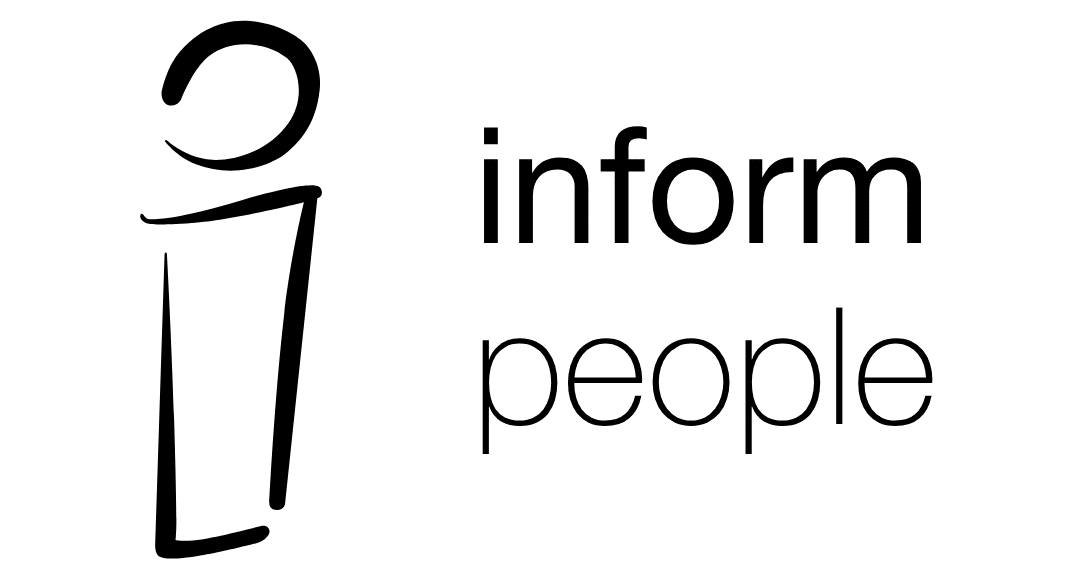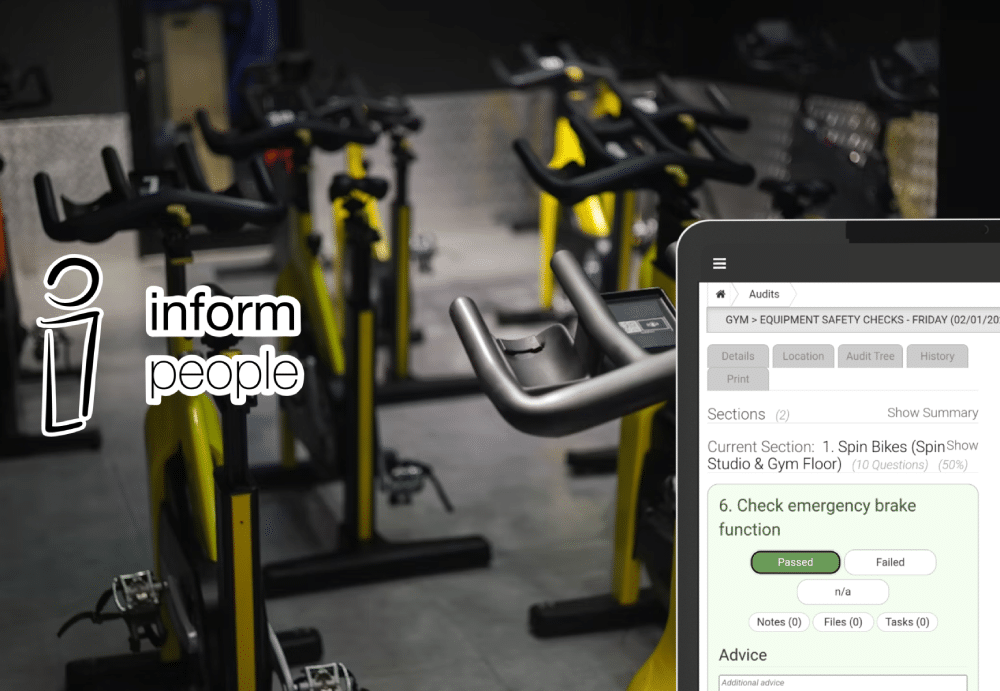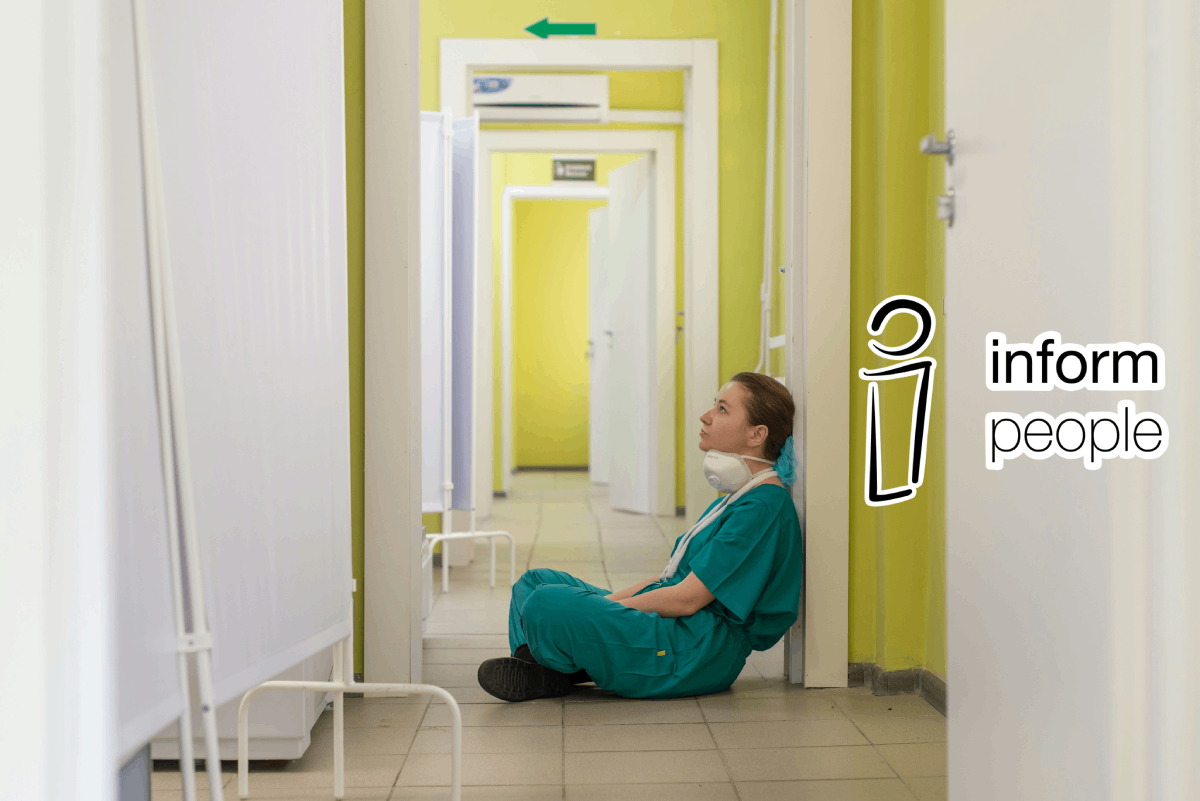There’s a reason workplace health and safety needs to be held in high regard. At work, it is your responsibility to ensure your employees are as safe as can be, and while people can get hurt, it’s up to you to mitigate that risk. If you don’t, it can have terrible consequences, both to a person’s life and your finances.
It’s essential that everyone comes to work feeling looked after. And the best way to tackle this issue is by being proactive. Deal with it before it becomes a problem. You need to stay informed and compliant, for issues big and small. So where do you start?
Workplace injury statistics
Before we get into it, let’s remind ourselves why this is so important. This HSE report shows us just how damaging the workplace can be.
Across the UK, 441,000 people have sustained a non-fatal injury. While 123 people were killed at work in 2021/2022. Then there are potential long-term damages that can occur, such as the 12,000 cases of lung disease deaths linked back to harmful exposure at work.
This doesn’t even take into account a recent focus on mental health. 822,000 workers suffer from work-related stress, depression, or anxiety. And 451,000 developed a new case of work-related stress, depression, or anxiety. Then there are the 93,000 workers who believed they were exposed to and caught COVID-19 because of work. It’s statistics such as these that we need to try to prevent.
Advice for avoiding health and safety incidents
So what can you do to reduce the likelihood of these events happening and avoid any potential fines? Your main way of preventing any workplace accidents is to ensure your staff are well trained. This way, you can make sure everyone is familiar with how to operate. And it isn’t a “one and done” situation. Training needs to be frequently refreshed and tested.
Depending on the workplace, staff should also have the appropriate equipment. This goes double if any work is being carried out on site. And simply ensuring proper procedures are in place and followed can prevent easily avoidable accidents, such as trips and falls.
If working at height is involved, make sure that all safety guards remain in place and are secured, and that all relevant equipment is checked and not used by anyone without proper training or authorisation.
Prevention is the best medicine
As we said at the start, prevention is the best way to go about risk mitigation. This will mean adjusting your approach in certain areas. For all learning and training, ensure you have an easily accessible database of training materials. And that said materials and policies are up to date.
Any risk assessments carried out should be shared with everyone who needs them. Regular audits aren’t where it ends; follow-up tasks are essential, and you need a way to quickly and clearly assign these to the relevant people.
In the event accidents do happen, you need to have a response ready. You need to outline adequate actions for this event, and ensure the people involved are clear on what to do and where to find the information they need. A centralised system can do all of this, and will allow you to assign roles to certain people. This will allow for quick searching of any people who need further training. Then you should be able to quickly contact them for swift resolution.
Having this system in place is going to be key to mitigating any risk and avoiding fines. With a centralised hub, you have a clear database with all the necessary information. This will allow you to create a more aware workforce and, as a result, reduce the likelihood of any workplace accidents.
Inform People can do all of this and more. Our variety of modules are created specifically to tackle your everyday issues, and can keep you organised, efficient, and safe. To find out more, contact us.




